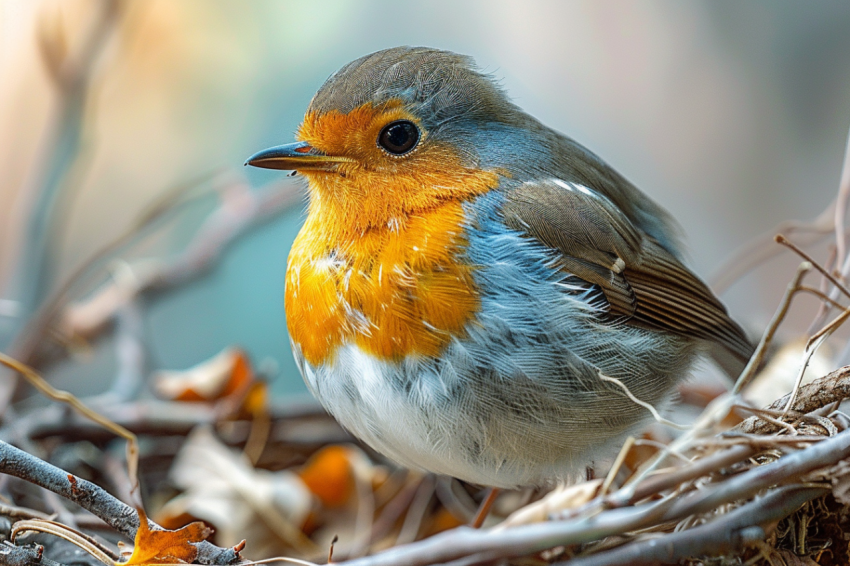
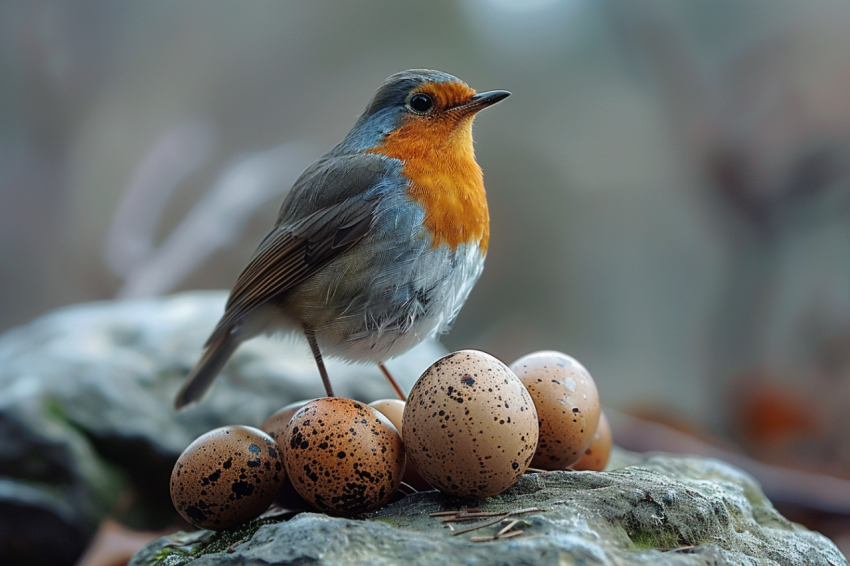
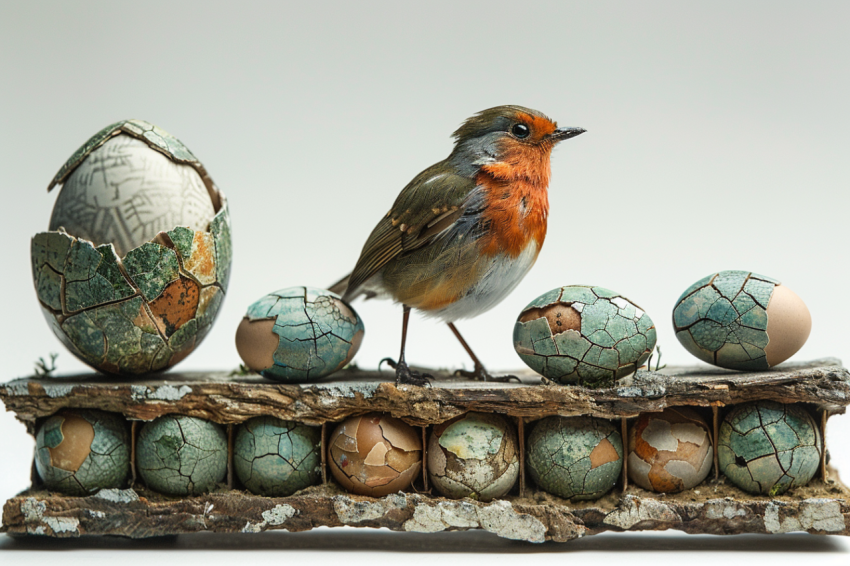
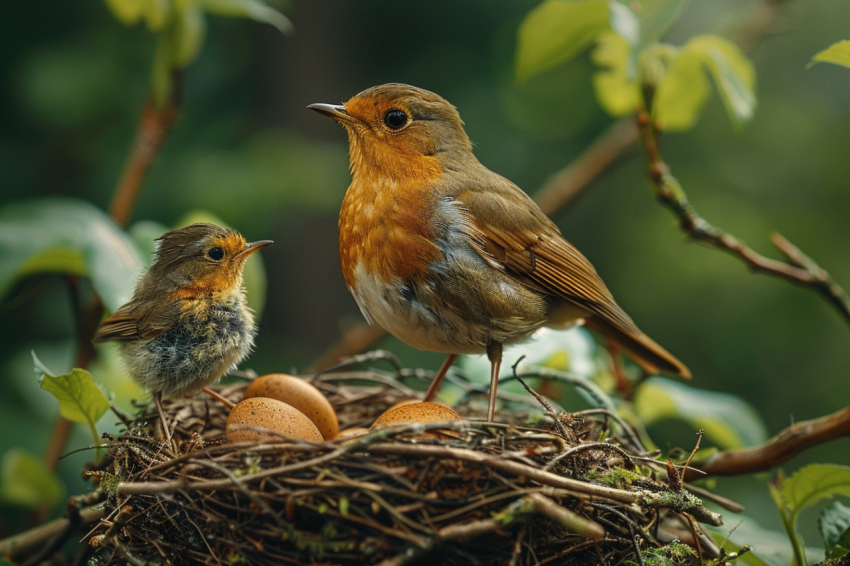


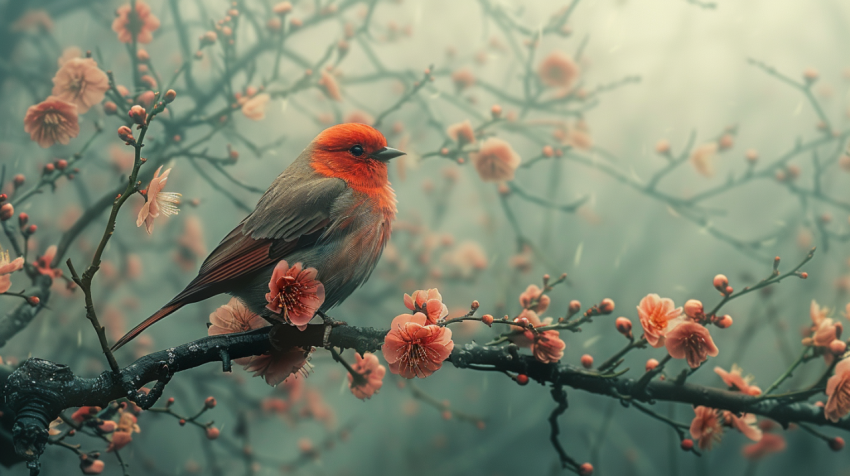
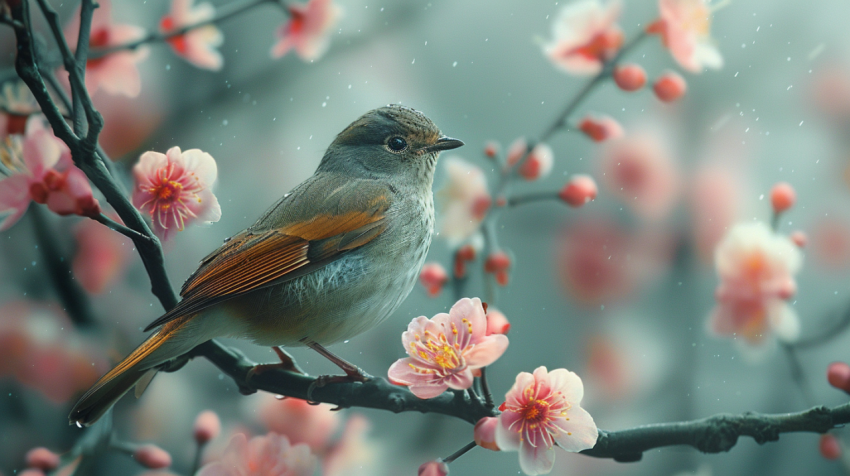

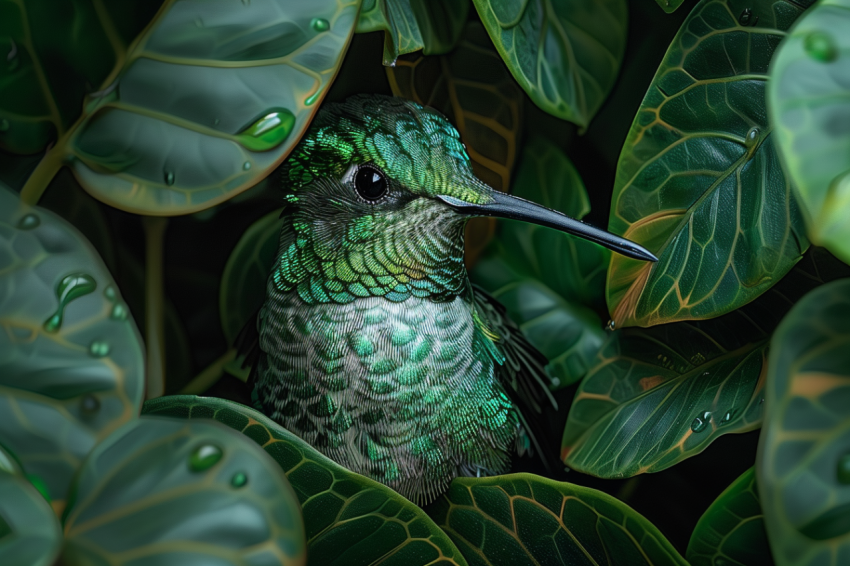
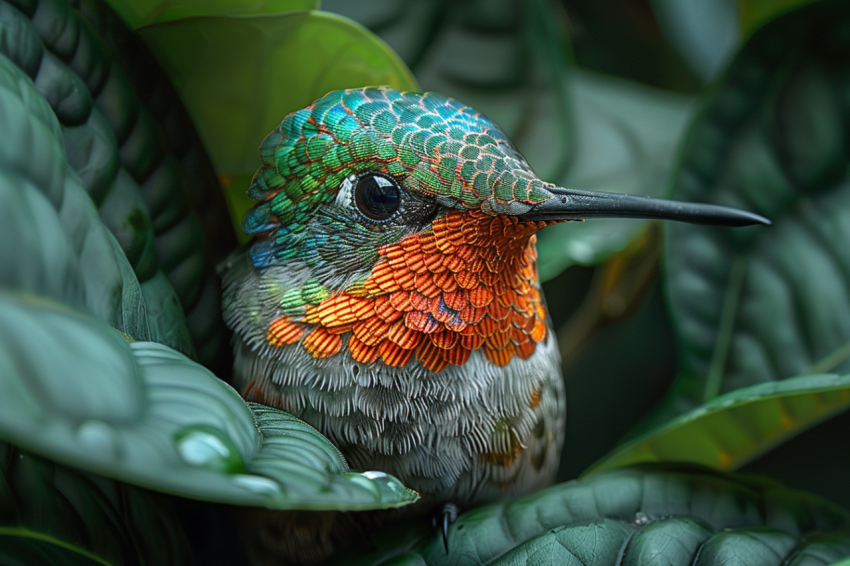

Sparrows: Ubiquitous and Underappreciated Songbirds
Sparrows, small, often overlooked, brown birds, are among the most common and widespread birds on Earth. While they may lack the vibrant colors or dramatic displays of some other avian species, sparrows are remarkably successful creatures that have adapted to a wide range of environments, including close association with humans. This in-depth guide will explore the world of sparrows, delving into their diverse species, physical characteristics, adaptable behaviors, habitat preferences, diet, breeding patterns, ecological importance, and the challenges they face in a changing world.
What Defines a Sparrow?
The term "sparrow" can be a bit ambiguous, as it is used to refer to several different groups of birds. In the strictest sense, "true sparrows" belong to the family Passeridae, also known as the Old World sparrows. The most well-known member of this family is the House Sparrow (Passer domesticus). However, in North America, the term "sparrow" is also commonly used to describe members of the family Passerellidae, the New World sparrows. These two families, while both belonging to the order Passeriformes (perching birds), are not particularly closely related.
Key Characteristics of Sparrows (Focusing on New World Sparrows):
For this description, we will primarily focus on the New World Sparrows (Passerellidae), as they are the group most commonly referred to as "sparrows" in North America.
- Small Size: Sparrows are generally small birds, ranging in size from about 4 to 8 inches (10-20 cm) in length.
- Brown or Gray Plumage: Most sparrows have a predominantly brown or grayish plumage, often with streaks or patterns that provide camouflage.
- Stout, Conical Beaks: Sparrows have stout, conical beaks that are well-suited for cracking seeds, a primary component of their diet.
- Ground-Foraging Habits: Many sparrows are ground-foraging birds, hopping or walking along the ground as they search for food.
- Melodious Songs: Despite their often-drab appearance, many sparrow species have surprisingly beautiful and complex songs, used for attracting mates and defending territories.
- Social Behavior: Some sparrows are highly social, forming large flocks outside of the breeding season, while others are more solitary.
Diverse Sparrow Species (New World Sparrows):
The Passerellidae family includes a wide variety of species, each with its own unique characteristics and adaptations. Some notable examples include:
- Song Sparrow (Melospiza melodia): One of the most widespread and adaptable sparrows in North America, the Song Sparrow is known for its variable plumage and its rich, musical song.
- White-throated Sparrow (Zonotrichia albicollis): Easily identified by its white throat patch and black-and-white striped crown, the White-throated Sparrow has a distinctive, whistled song.
- Chipping Sparrow (Spizella passerina): A small, slender sparrow with a rufous cap, the Chipping Sparrow is a common sight in open woodlands and suburban areas.
- Dark-eyed Junco (Junco hyemalis): Often referred to simply as a "Junco," this sparrow exhibits considerable geographic variation in plumage. It is a common winter visitor to much of North America.
- Savannah Sparrow (Passerculus sandwichensis): A grassland specialist, the Savannah Sparrow is characterized by its streaky brown plumage and yellowish eyebrow stripe.
- Fox Sparrow (Passerella iliaca): A large, rusty-colored sparrow with a heavily streaked breast, the Fox Sparrow is known for its habit of scratching vigorously in leaf litter.
- Lincoln's Sparrow (Melospiza lincolnii): A secretive sparrow of bogs and wet meadows, Lincoln's Sparrow has a finely streaked breast and a buffy band across its chest.
Habitat and Distribution:
New World sparrows are found throughout North and South America, from the Arctic tundra to the southern tip of Tierra del Fuego.
- Wide Range of Habitats: Sparrows inhabit a vast array of environments, including grasslands, forests, deserts, marshes, tundra, and even urban and suburban areas.
- Habitat Specialists: Some sparrow species are habitat specialists, adapted to specific environments. For example, the Saltmarsh Sparrow (Ammodramus caudacutus) is found exclusively in salt marshes along the coast.
- Migration: Many sparrow species are migratory, breeding in northern latitudes during the summer and migrating south for the winter. Others are year-round residents in their breeding areas.
Diet and Feeding:
Sparrows are primarily granivorous (seed-eating) birds, but their diet can vary depending on the species, season, and availability of food.
- Seeds: Seeds make up the bulk of the diet of most sparrows, especially during the fall and winter. They use their stout beaks to crack open seeds of various grasses, weeds, and other plants.
- Insects: During the breeding season, sparrows often consume more insects, which provide essential protein for growing chicks. They may catch insects in the air, glean them from foliage, or find them on the ground.
- Fruits and Berries: Some sparrows will also eat small fruits and berries, particularly when seeds are scarce.
- Foraging Techniques: Sparrows employ various foraging techniques, including:
- Ground Foraging: Hopping or walking along the ground, picking up seeds and insects.
- Scratching: Some species, like the Fox Sparrow, use a distinctive double-scratch technique to uncover food in leaf litter.
- Gleaning: Picking insects from leaves and branches.
Breeding and Nesting:
- Territoriality: During the breeding season, male sparrows establish and defend territories through song and displays of aggression.
- Nest Building: Most sparrows build cup-shaped nests made of grasses, weeds, and other plant materials. Nests are typically located on or near the ground, often concealed in dense vegetation. Some species nest in shrubs or low trees.
- Eggs: Female sparrows lay a clutch of 3-6 eggs, which are typically whitish or pale blue with brown or black speckles.
- Incubation: The female usually incubates the eggs for 10-14 days, depending on the species.
- Hatching and Fledging: Sparrow chicks are altricial, meaning they hatch helpless and require parental care. Both parents feed the chicks a diet of insects. The chicks fledge (leave the nest) after about 8-14 days.
- Multiple Broods: Some sparrow species may raise two or even three broods in a single breeding season.
Ecological Importance:
Sparrows play important roles in their ecosystems:
- Seed Dispersal: By consuming seeds, sparrows help to disperse plants across the landscape.
- Insect Control: Their consumption of insects helps to regulate insect populations.
- Prey for Predators: Sparrows are an important food source for various predators, including hawks, owls, snakes, and small mammals.
- Indicators of Environmental Health: As relatively common and widespread birds, sparrows can serve as indicators of environmental health. Changes in sparrow populations can reflect changes in habitat quality or other environmental factors.
Conservation Status and Challenges:
While many sparrow species are still common, some are facing conservation challenges:
- Habitat Loss and Degradation: The loss and fragmentation of grasslands, wetlands, and other habitats due to agriculture, urbanization, and development are major threats to many sparrow populations.
- Pesticide Use: The use of pesticides can harm sparrows directly or indirectly by reducing the availability of insect prey.
- Climate Change: Climate change may affect sparrow populations by altering the timing of migration, breeding, and food availability.
- Collisions with Buildings and Vehicles: Like many other bird species, sparrows are vulnerable to collisions with buildings, particularly windows, and vehicles.
- Competition with Invasive Species: The introduced House Sparrow (Passer domesticus) can outcompete native sparrows for nesting sites and resources.
Conservation Efforts:
- Habitat Protection and Restoration: Protecting and restoring grasslands, wetlands, and other sparrow habitats are crucial for their conservation.
- Sustainable Agricultural Practices: Promoting farming practices that minimize habitat loss and pesticide use can benefit sparrows.
- Monitoring and Research: Monitoring sparrow populations and conducting research on their ecology and conservation needs are essential for effective management.
- Public Awareness: Educating the public about the importance of sparrows and the threats they face can help garner support for conservation efforts.
Conclusion:
Sparrows, though often overlooked, are fascinating and ecologically important birds. Their adaptability, diverse species, and melodious songs enrich our landscapes. By understanding the challenges they face and supporting conservation efforts, we can help ensure that these unassuming yet essential songbirds continue to thrive for generations to come. Their presence is a reminder that even the most common creatures have a vital role to play in the intricate web of life.
Sparrow, Types of Sparrows, Sparrow Species, Sparrow Facts, Sparrow Identification, Sparrow Bird, Song Sparrow, White-throated Sparrow, Chipping Sparrow, Dark-eyed Junco, Savannah Sparrow, Fox Sparrow, Lincoln's Sparrow, Sparrow Habitat, Sparrow Diet, Sparrow Song, Sparrow Nest, Sparrow Eggs, Sparrow Chicks, Sparrow Lifespan, Sparrow Range, Sparrow Distribution, Sparrow Migration, What Do Sparrows Eat, Where Do Sparrows Live, Sparrow Pictures, Sparrow Videos, Sparrow Sounds, Sparrow Conservation, Are Sparrows Endangered, How to Attract Sparrows, House Sparrow, Old World Sparrows, New World Sparrows.

